Otagi Nenbutsu-Ji: Temple of 1,200 Faces in Kyoto
Tucked away in the remote Sagano area of northwestern Kyoto, Otagi Nenbutsu-Ji Temple welcomes visitors with an army of 1,200 stone statues (rakan) with incredibly lifelike expressions. While the temple’s main hall dates back to the Heian period (794–1192), the statues were carved between 1981 and 1991 by numerous visitors and worshippers under the guidance of the temple’s abbot, Nishimura Kocho.
Each moss-covered statue has its own distinct expression, from cheerful, pensive to funny, creating a unique scene. This is a testament to the temple's enduring vitality, as the main structures have steadfastly overcome many natural disasters and the ravages of time.
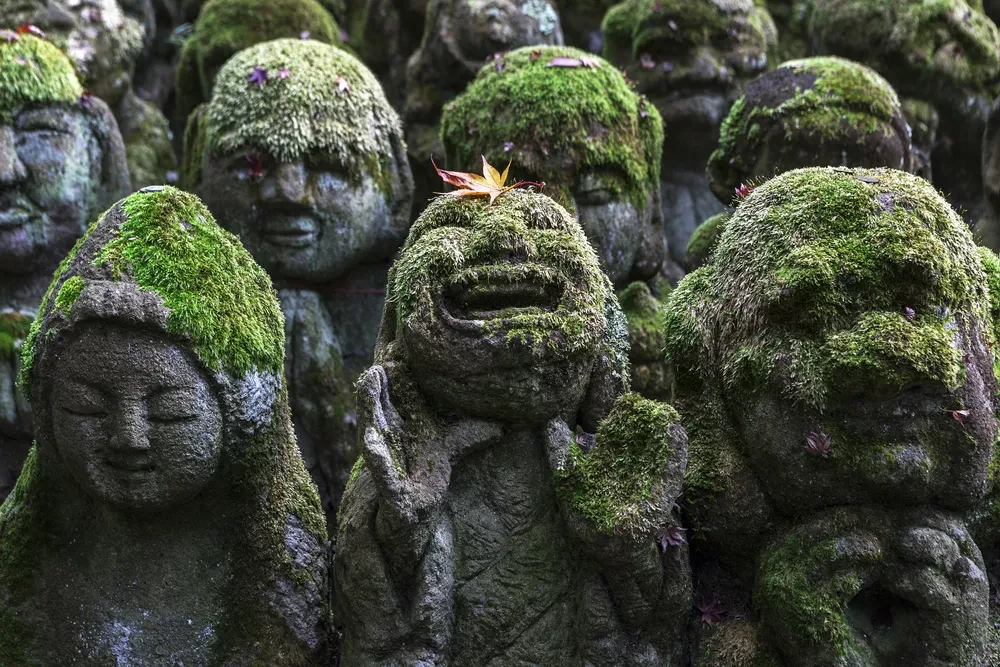
Zao Fox Village: Meet the cunning creatures
In Miyagi Prefecture, Zao Fox Village is home to over 100 free-roaming foxes of six different species. Visitors can purchase food and feed them from a designated area, and watch them play and interact in their natural environment. In Japanese culture, foxes (kitsune) are considered intelligent and possess mystical powers.
The experience at Zao Fox Village offers an interesting and different perspective compared to familiar places like Cat Island or Rabbit Island, especially attractive to those who love animals.

Rebun Island: Wildflower Paradise in Hokkaido
Located within the Rishiri–Rebun–Sarobetsu National Park, Rebun Island is an emerald gem with a network of hiking trails that crisscross the lush hillsides. Accessible by ferry, the island remains unspoiled and quiet. The best time to visit is between June and August, when hundreds of alpine flowers bloom, covering the 80 square kilometer island.
Many of the flowers here are endemic, found nowhere else in the world , including the Edelweiss Rebun (usuyukiso), the island's symbol.

Ryusendo Cave: Explore the 'dragon cave' and underground lake
Ryusendo, one of Japan’s three largest limestone caves, is located at the foot of Mt. Ureira. From the entrance, visitors can hear the gurgling sound of underground streams. Inside is a magical world of countless stalactites, stalagmites, and three crystal-clear underground lakes. The deepest lake here is also the deepest underground lake in Japan, reaching a depth of up to 98 meters. Cleverly arranged lighting highlights the blue water, allowing visitors to see all the way to the bottom.
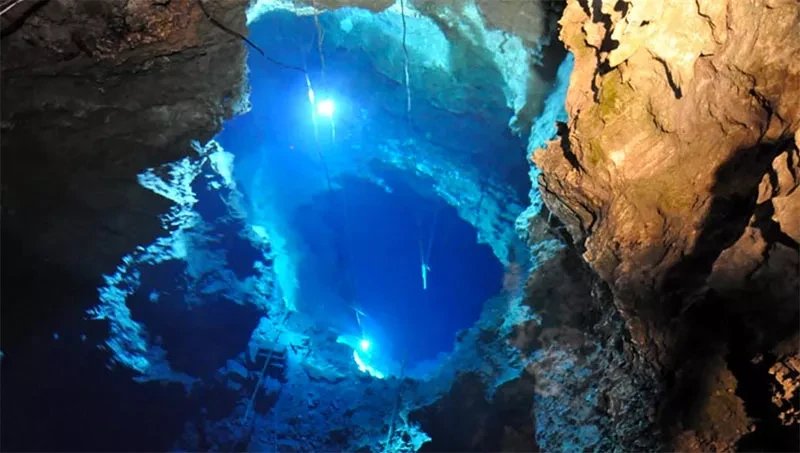
Fukiware Falls: The Majestic Beauty of the Katashina River
Near the city of Numata, Fukiware Falls offers a breathtaking natural spectacle. The 30-meter wide Katashina River abruptly plunges down a narrow gorge through a granite cliff, creating a white ribbon of water. Visitors can admire the beauty of the falls from various angles through observation decks and walking paths built along the cliff.

Aogashima Island: Volcanic Island in the Pacific Ocean
Aogashima is an isolated volcanic island off the coast of Tokyo, famous for its unique double crater structure. Visitors can get there by helicopter, a flight that lasts about 20 minutes. The island is just over 3 km² in size and is home to about 160 residents. Although the last eruption was in 1785, the geothermal heat is still present, which is used by the locals to cook their food in natural steamers. Aogashima is an ideal destination for hiking, stargazing and experiencing life away from the outside world.

Shimoguri no Sato Village: 'Tyrol of Japan'
In contrast to the hustle and bustle of Tokyo, the village of Shimoguri no Sato in Nagano Prefecture is a space of absolute peace. Located in one of Japan's three hidden valleys, the village is known as the "Tyrol of Japan" thanks to its mountainous landscape that resembles the Austrian Alps. Surprisingly, the locals still live and farm on the slopes, which have a slope of up to 38 degrees, creating zigzag roads and spectacular terraced fields.
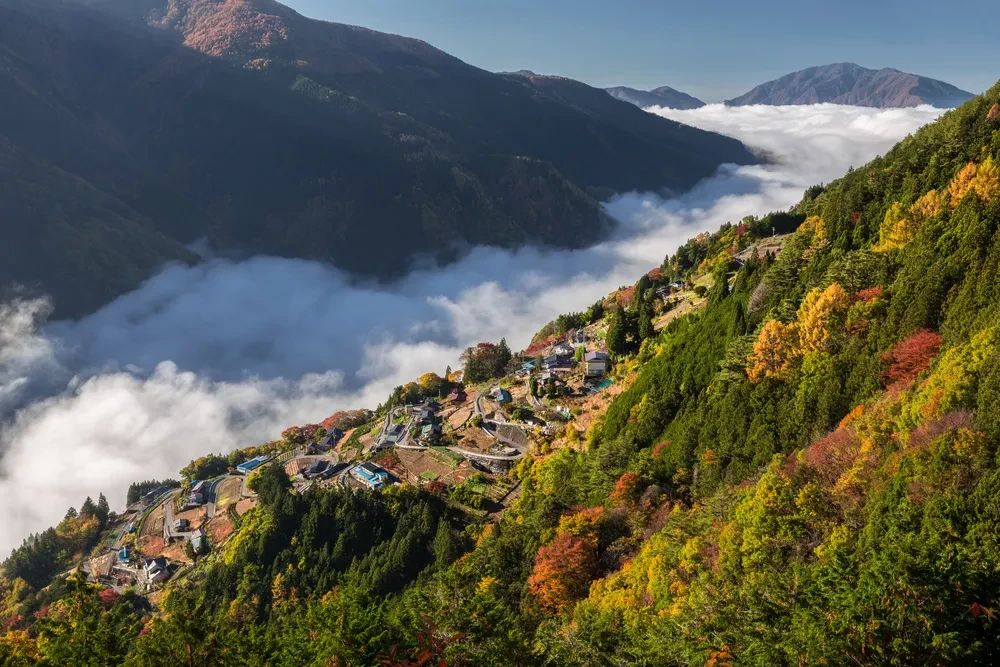
Tsujunkyo Bridge: Unique aqueduct bridge
The Tsujunkyo Stone Arch Bridge is not only a beautiful structure but also an ancient aqueduct, built in 1854 to irrigate rice fields. The bridge is still in operation today, and at noon every day, water is released from both sides of the bridge, creating an impressive artificial waterfall display. Nearby, visitors can walk through a bamboo forest to the 50-meter-high Gorogataki Falls, where the steam often creates magical rainbows.
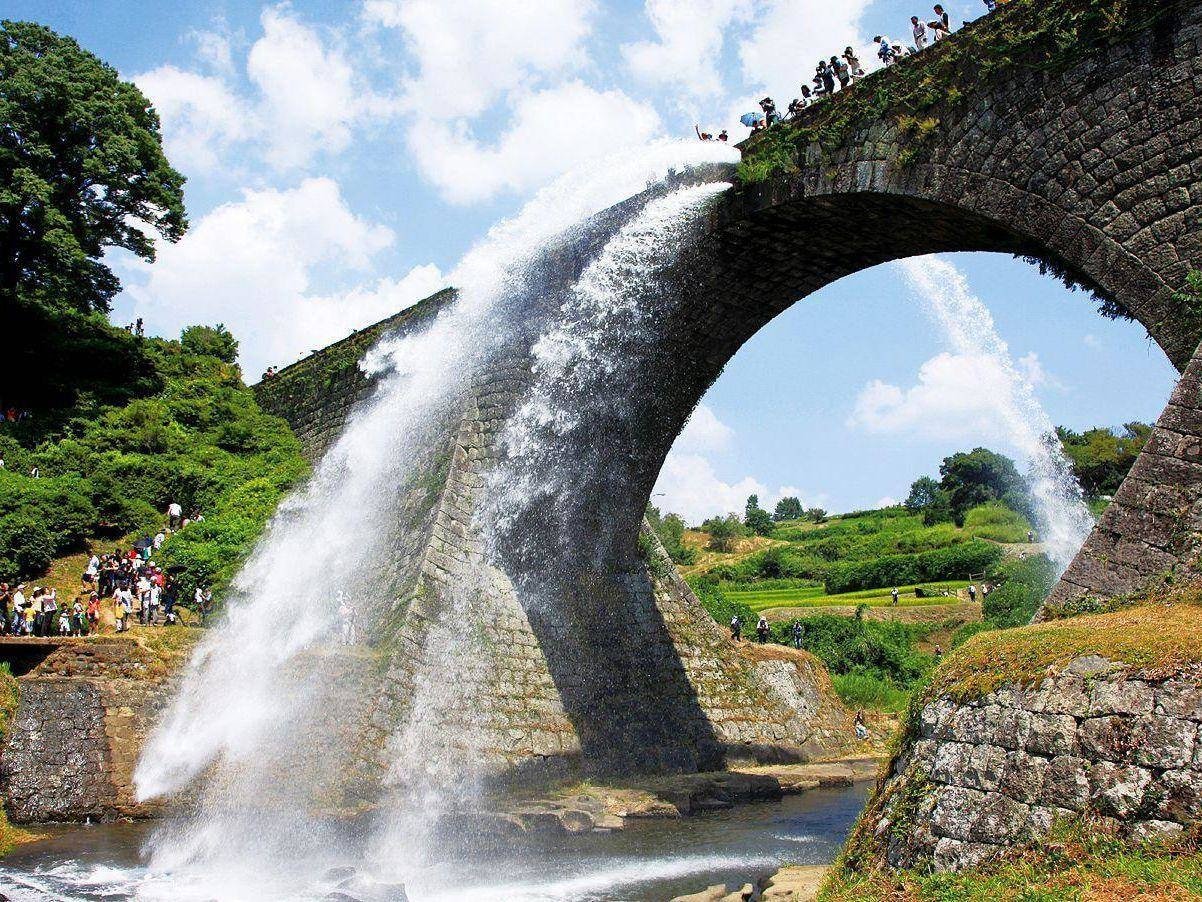
Takeda Castle Ruins: 'Japan's Machu Picchu'
Perched atop a mountain in Asago City, the Takeda Castle ruins are often shrouded in clouds in the early morning, earning it the nickname “Japan’s Machu Picchu.” The castle was built in 1443 but was largely destroyed in the late 16th century. To get here, visitors will walk through Ritsuunkyo Park. The journey is strenuous but will be rewarded with magical scenery and breathtaking views of the surrounding area.
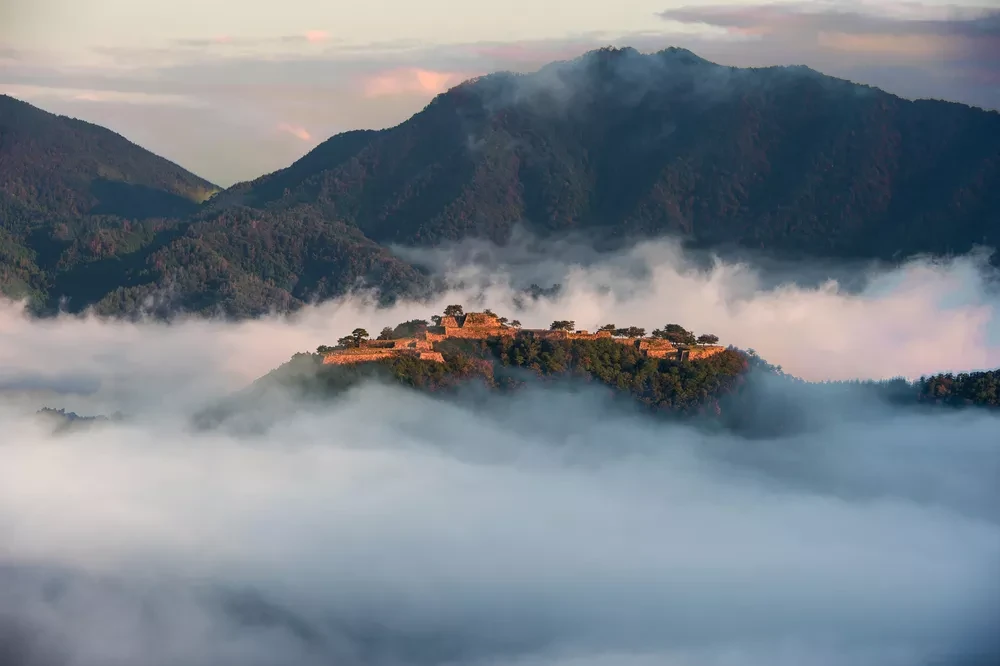
Source: https://baolamdong.vn/nhat-ban-khac-la-9-diem-den-doc-dao-it-nguoi-biet-den-399756.html


![[Photo] Fall Fair 2025 and impressive records](https://vphoto.vietnam.vn/thumb/1200x675/vietnam/resource/IMAGE/2025/11/03/1762180761230_ndo_br_tk-hcmt-15-jpg.webp)
![[Photo] Lam Dong: Close-up of illegal lake with broken wall](https://vphoto.vietnam.vn/thumb/1200x675/vietnam/resource/IMAGE/2025/11/03/1762166057849_a5018a8dcbd5478b1ec4-jpg.webp)
![[Photo] General Secretary To Lam receives Singaporean Ambassador Jaya Ratnam](https://vphoto.vietnam.vn/thumb/1200x675/vietnam/resource/IMAGE/2025/11/03/1762171461424_a1-bnd-5309-9100-jpg.webp)
![[Photo] Prime Minister Pham Minh Chinh receives the Chairman of the Japan-Vietnam Friendship Association in the Kansai region](https://vphoto.vietnam.vn/thumb/1200x675/vietnam/resource/IMAGE/2025/11/03/1762176259003_ndo_br_dsc-9224-jpg.webp)



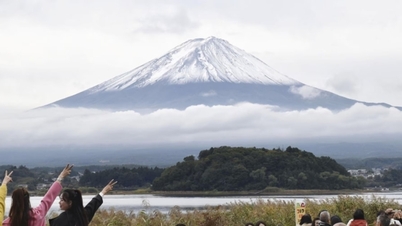




















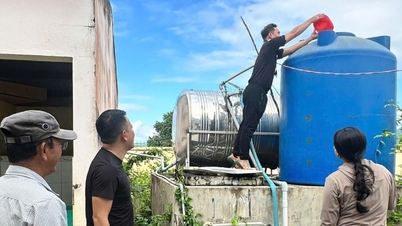
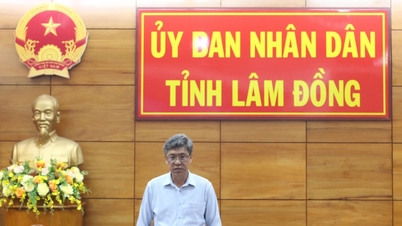




























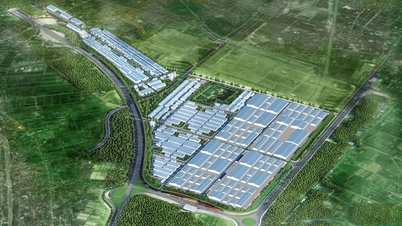









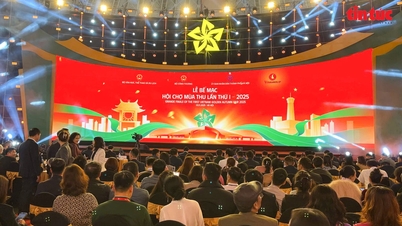










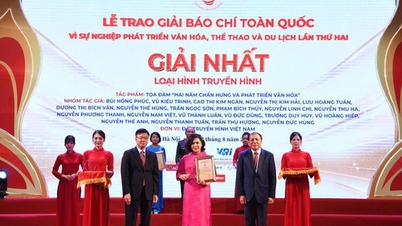





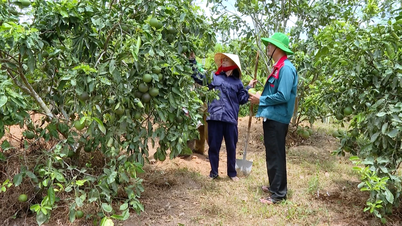






















Comment (0)